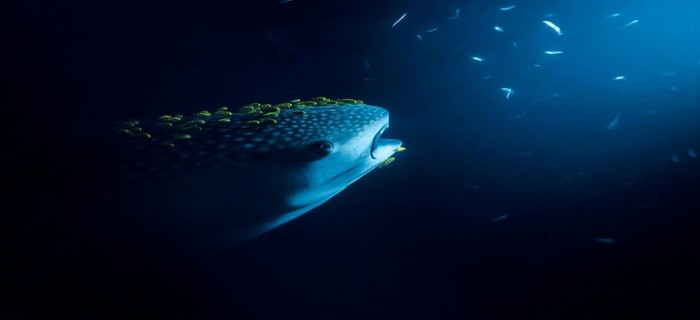
Finally, a Global Treaty to Protect the High Seas
20 Apr 2023
More than 60 percent of the ocean is a near lawless realm where holes in the international regulatory “system” are large enough to sail through. But in early March, delegates at the United Nations headquarters in New York City emerged from a 36-hour marathon negotiation session to announce a new high seas treaty.First conceived nearly two decades ago, the treaty, once ratified, will address the jumble of rules that have failed to prevent the depletion of fisheries, the loss of unique and fragile habitats, and the decline of populations of whales, sea turtles, seabirds, and other marine wildlife within an area that covers nearly half of the planet.
For years, negotiators couldn’t agree on the details, and up until the very last hours of the latest negotiations, it again looked as if members had reached an impasse. But in the end, they managed to agree upon language that bridged the gaps. “This is a moment of extraordinary consequence,” says Lisa Speer, director of the oceans division in NRDC’s Nature Program. “In bringing modern standards of conservation to the high seas, the U.N. treaty is not only a win for marine wildlife but for the billions of people for whom healthy oceans are vital to sustaining their nutrition, livelihoods, and cultural heritage.”
What makes the high seas “high”?
Legally, the sea becomes “high” when you sail beyond the waters under the control of a nation-state, about 200 miles from the coastline. Informally, the high seas are a place of loose regulation and lax enforcement—the aquatic equivalent of the Wild West.
That comparison is, perhaps, overstating the lawlessness of the open ocean—but only slightly. The 17th-century concept of freedom of the seas has been somewhat circumscribed by a series of treaties, agreements, and arrangements developed in the 20th century that establish different rules and standards for different human activities on the high seas. These rules, however, now form an inconsistent and outdated legal patchwork that leaves the long-term survival of marine ecosystems in the balance.
The map below shows which organizations currently have some kind of governance authority in certain areas of the high seas.
Notice where two, or even three, organizations share authority for the same spot in the ocean. The area directly south of Africa, for example, is within the jurisdiction of the Commission for the Conservation of Southern Bluefin Tuna, the South East Atlantic Fisheries Organisation, and the Convention for the Conservation of Antarctic Marine Living Resources, in addition to the global bodies that control shipping in the region (the International Maritime Organization), seabed mining (International Seabed Authority), and various other treaties (e.g., the Convention on the Conservation of Migratory Species of Wild Animals). Each of these agreements and organizations has different mandates, standards, and requirements governing human activity, and there is little or no cooperation between them. And there definitely isn’t anyone charged with looking at the cumulative effects of different activities across the same ecosystems. This uncoordinated governance is not a good thing—and not just because there can be a conflict of authority.
To draw a comparison, think of what could happen if eight doctors were treating different parts of the same patient without talking to each other or without any one of them making sure that their combined treatments don’t end up killing the patient.


leave your comment